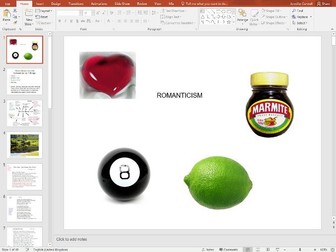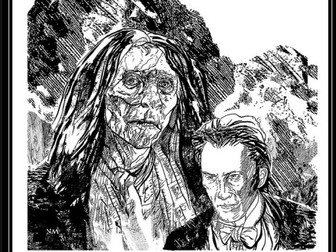Dr Faustus: context
The Influences powerpoint presents pupils with key concepts, events or literary precedents. Pupils make notes on the 'notes' pages. The third document, 'context' already has the key ideas/influences, so you can use it for an 'EMC-style' 'zones of proximity' activity. Cut up (and laminate) the cards. Enlarge extracts from the text, and ask pupils to place the context cards around the extract according to their relevance (if v relevant, place next to a line, or move further away if it's not essential knowledge). Alternatively, give pupils 1 or 2 of the context cards, and tell them to find extracts or lines from the play that illustrate this contextual influence.






